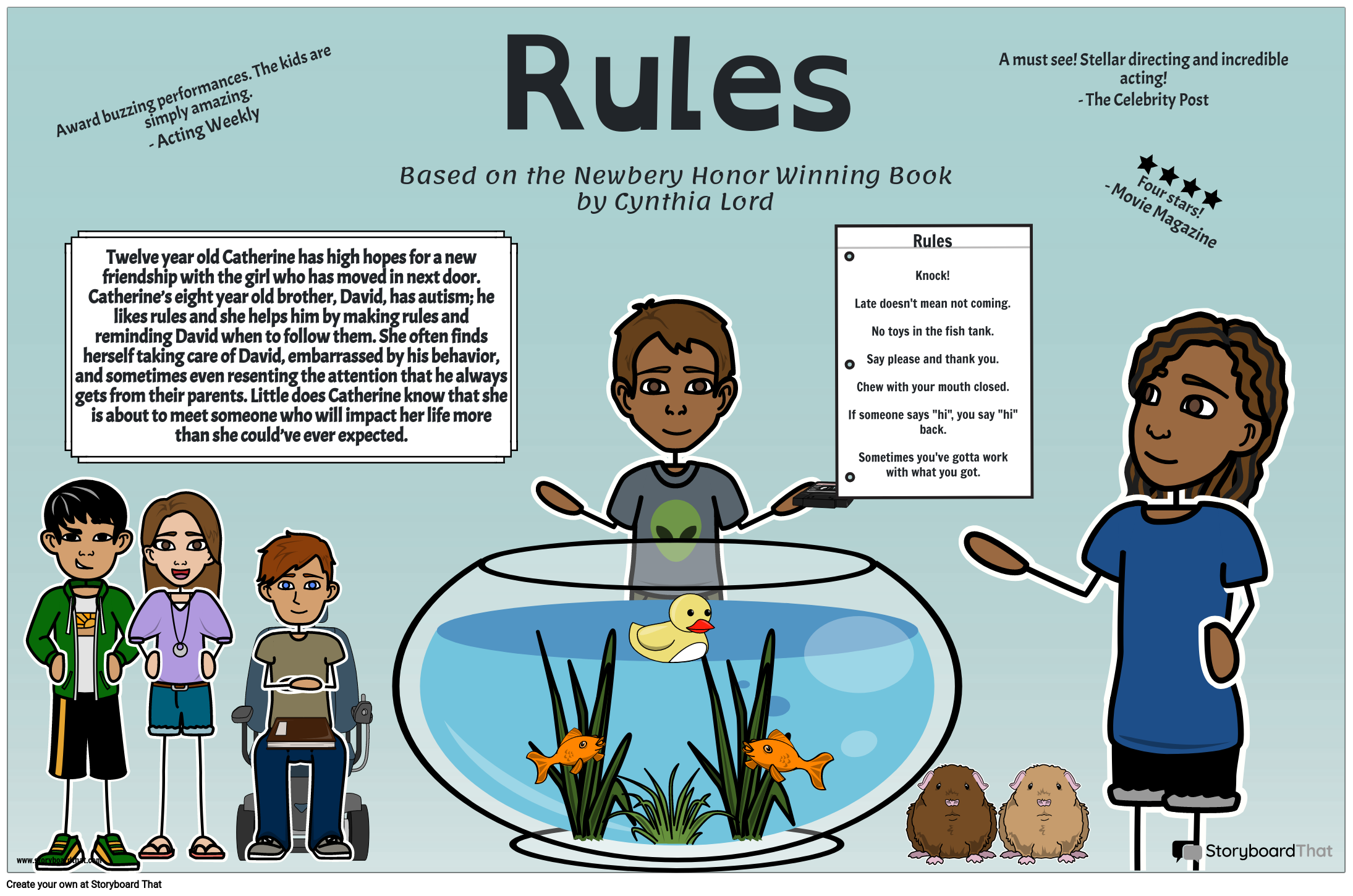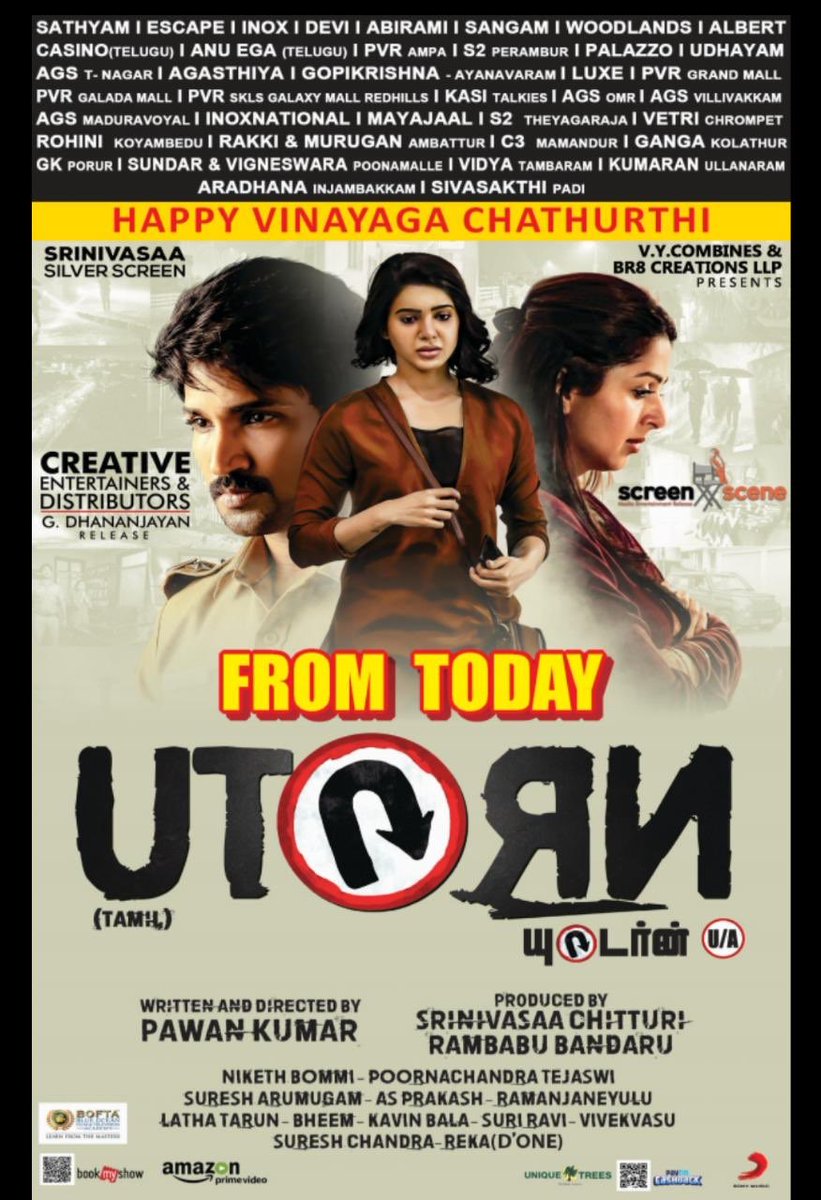Movie Rules: The Ultimate Guide To Navigating Cinema’s Hidden Code
Have you ever wondered why some movies hit the box office while others flop? Or why certain scenes feel magical while others fall flat? Well, my friend, it's not just about talent or luck—there's an unwritten set of movie rules that guide filmmakers and audiences alike. These rules shape everything from storytelling to cinematography, and if you're into movies, knowing them can change the way you watch films forever.
Let’s be real, folks—we all love movies. Whether it’s a heart-pounding action flick, a tear-jerking drama, or a laugh-out-loud comedy, movies are more than just entertainment; they’re experiences. But here’s the thing: behind every great movie lies a framework, a blueprint, a set of unwritten rules that make it work. And today, we’re diving deep into those rules.
This isn’t just about watching movies anymore—it’s about understanding them. By the time you finish reading this, you’ll have insider knowledge on what makes a film tick and how to spot the good ones from the bad ones. So grab your popcorn, hit play, and let’s get started!
- Remembering The Legacy Bobby Debarges Wife And Her Untimely Death
- Carrie Underwoods Exciting Journey Pregnant In 2024
Table of Contents
- Introduction to Movie Rules
- A Brief History of Movie Rules
- The Power of Narrative Structure
- Character Development and Archetypes
- Cinematography: The Art of Visual Storytelling
- The Role of Sound and Music
- Editing: The Invisible Hand
- Genre-Specific Movie Rules
- Understanding Audience Expectations
- The Future of Movie Rules
Introduction to Movie Rules
So, what exactly are movie rules? Think of them as the guidelines that help filmmakers craft compelling stories and keep audiences engaged. These rules aren’t rigid laws but rather time-tested principles that have evolved over decades of filmmaking. They apply to everything from plot structure to character arcs, and even the way a scene is shot.
Now, here’s the kicker: while some of these rules are taught in film schools, others are learned through trial and error. Filmmakers like Steven Spielberg, Quentin Tarantino, and Christopher Nolan didn’t just wake up one day knowing how to make blockbusters—they studied the craft, broke the rules, and then rewrote them. And guess what? You can do the same!
Why Are Movie Rules Important?
Movie rules matter because they create a shared language between filmmakers and audiences. When you understand these rules, you start seeing movies in a whole new light. For example, did you know that most Hollywood films follow a three-act structure? Or that certain camera angles are used to evoke specific emotions? Yeah, it’s that kind of stuff we’re talking about here.
- Wendy Williams A Journey Through Fame And Resilience
- Mason Disicks Journey The Story Behind His Leg And Beyond
A Brief History of Movie Rules
Back in the early days of cinema, movie rules didn’t exist—at least not in the way we know them today. Filmmakers were experimenting with new techniques, figuring out what worked and what didn’t. But as the industry grew, so did the need for structure. Enter the golden age of Hollywood, where studios developed formulas for success.
One of the most famous movie rules from this era is the “rule of three.” It’s simple: every story has a beginning, middle, and end. This principle still holds true today, proving that some rules never go out of style.
How Movie Rules Have Evolved
Fast forward to the 21st century, and movie rules have adapted to changing technologies and audience preferences. With the rise of streaming platforms and social media, filmmakers now have to think about how their movies will perform online. This has led to new rules around pacing, visual storytelling, and even marketing strategies.
But here’s the thing: while technology may change, human emotions don’t. That’s why classic movie rules like character development and conflict resolution remain as relevant today as they were a hundred years ago.
The Power of Narrative Structure
Narrative structure is one of the most important movie rules out there. It’s the backbone of any great film, providing a framework for the story to unfold. Most movies follow a three-act structure: setup, confrontation, and resolution. But there are variations, like the hero’s journey, which has been used in countless films from Star Wars to The Lion King.
Breaking Down the Three-Act Structure
- Act One: Setup – Introduce the characters, setting, and central conflict.
- Act Two: Confrontation – Escalate the tension and explore the stakes.
- Act Three: Resolution – Tie up loose ends and deliver a satisfying conclusion.
While this structure might seem formulaic, it works because it mirrors the way humans naturally process stories. And let’s be honest, who doesn’t love a good story?
Character Development and Archetypes
Great characters are the heart and soul of any movie. But creating memorable characters isn’t as easy as it looks. It requires a deep understanding of psychology, motivation, and human behavior. That’s where character archetypes come in. These recurring patterns help audiences relate to characters and predict their actions.
Common Character Archetypes
- The Hero – The protagonist who drives the story forward.
- The Mentor – The wise figure who guides the hero.
- The Villain – The antagonist who creates conflict.
- The Sidekick – The loyal companion who provides support.
Of course, the best characters are those who break the mold. Think about Heath Ledger’s Joker in The Dark Knight or Hannibal Lecter in Silence of the Lambs. These characters defy traditional archetypes, making them all the more fascinating.
Cinematography: The Art of Visual Storytelling
Cinematography is another crucial aspect of movie rules. It’s not just about capturing pretty images; it’s about using visual elements to enhance the story. Everything from camera angles to lighting can influence how we perceive a scene.
Key Cinematography Techniques
- Low-Angle Shots – Make characters appear powerful or intimidating.
- Close-Ups – Focus on emotions and reactions.
- Tracking Shots – Create a sense of movement and immersion.
Directors like Alfred Hitchcock and Martin Scorsese are masters of cinematography, using visual cues to manipulate our emotions. And hey, if it worked for them, it can work for anyone.
The Role of Sound and Music
Sound and music are often overlooked but play a vital role in shaping our movie experience. From iconic scores to subtle sound effects, audio elements can heighten tension, evoke emotions, and even tell a story on their own.
Sound Design Techniques
- Diegetic Sound – Sounds that originate within the story world (e.g., dialogue, footsteps).
- Non-Diegetic Sound – Sounds that come from outside the story world (e.g., music, narration).
- Foley Effects – Recorded sounds added in post-production to enhance realism.
Think about the shower scene in Psycho or the theme song from Jaws. These audio elements are so powerful that they’ve become ingrained in pop culture. And that’s the magic of sound design.
Editing: The Invisible Hand
Editing is one of the most underrated movie rules. It’s the process of assembling raw footage into a cohesive film, and it can make or break a movie. Good editing is seamless, guiding the audience through the story without drawing attention to itself.
Editing Techniques to Know
- Cross-Cutting – Alternating between two or more scenes to build suspense.
- Match Cuts – Connecting two scenes with a visual or thematic link.
- Jump Cuts – Creating a sense of urgency or disorientation.
Editors like Walter Murch and Thelma Schoonmaker are legends in the industry, using their skills to elevate films to new heights. And let’s not forget the importance of pacing—too slow, and you lose the audience; too fast, and they can’t keep up.
Genre-Specific Movie Rules
Each genre has its own set of movie rules that cater to specific audience expectations. For example, horror films rely on jump scares and atmospheric tension, while rom-coms focus on witty dialogue and charming leads. Understanding these rules can help filmmakers deliver what audiences want while still offering something fresh.
Genre Rules to Follow
- Action Films – Emphasize high-stakes action sequences and clear stakes.
- Comedies – Prioritize humor and relatable situations.
- Documentaries – Balance facts with storytelling techniques.
Of course, the best films often blur genre lines, combining elements to create something unique. Think about how Inception blends sci-fi with psychological thriller, or how Parasite combines dark comedy with social commentary. These films prove that rules are meant to be bent, not broken.
Understanding Audience Expectations
At the end of the day, movies are made for audiences. That’s why understanding what they want is crucial. Whether it’s escapism, emotional connection, or intellectual stimulation, audiences seek different things from films. And filmmakers who tap into these desires are more likely to succeed.
How to Meet Audience Expectations
- Know Your Demographic – Tailor your content to the right audience.
- Deliver on Promises – Give audiences what they came for.
- Surprise and Delight – Add unexpected twists to keep them engaged.
But here’s the tricky part: while meeting expectations is important, so is challenging them. Films that push boundaries and take risks often leave the biggest impact. It’s all about finding the right balance.
The Future of Movie Rules
As technology continues to evolve, so will movie rules. Virtual reality, AI-generated scripts, and interactive storytelling are just a few innovations that could reshape the industry. But no matter how much things change, one thing will always remain constant: the power of storytelling.
So, whether you’re a filmmaker, a critic, or just a movie lover, understanding movie rules can enhance your appreciation for cinema. And who knows? Maybe one day you’ll create a film that rewrites the rules entirely.
Final Thoughts
In conclusion, movie rules are the invisible threads that weave together the fabric of cinema. They guide filmmakers, engage audiences, and create unforgettable experiences. By studying these rules, we can unlock the secrets behind our favorite films and become better storytellers ourselves.
So, what are you waiting for? Grab a notebook, fire up your favorite streaming service, and start exploring the world of movie rules. Who knows? You might just discover something amazing.
Call to Action
Did you enjoy this deep dive into movie rules? Let us know in the comments below! And don’t forget to share this article with your fellow cinephiles. Together, we can spread the love for cinema and keep the conversation going. Until next time, keep watching, keep learning, and keep dreaming!
- Barron Trump Understanding The Disease Behind The Headlines
- Exploring The Life And Career Of Kaylee Hartung

Rules Movie Poster Storyboard av lauren

Understanding Movie Rules Rules 2024 In Kannada

Telugu movie rules 2016 pinpole